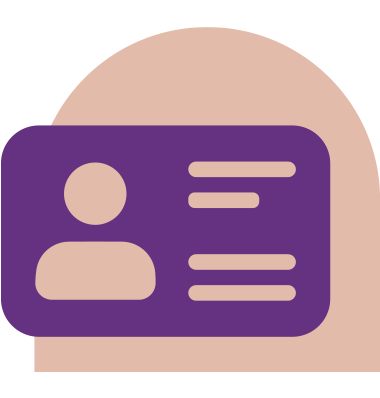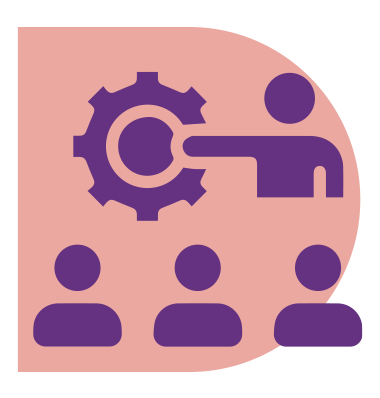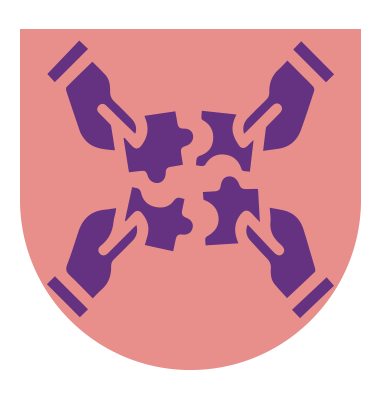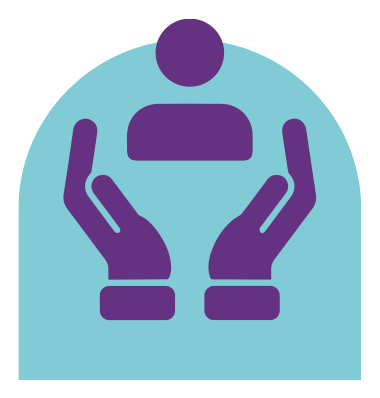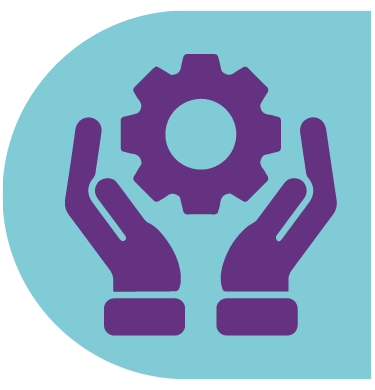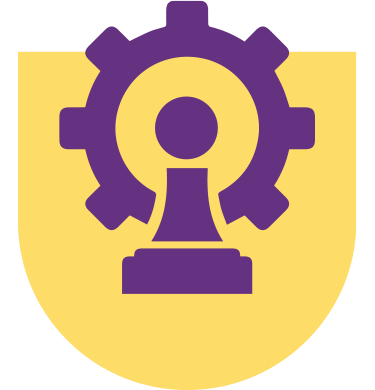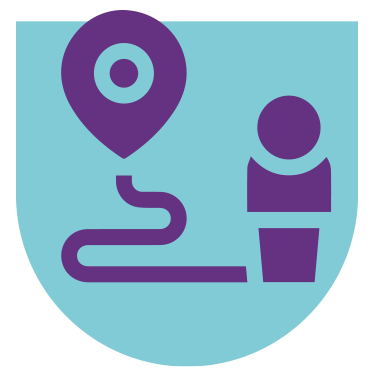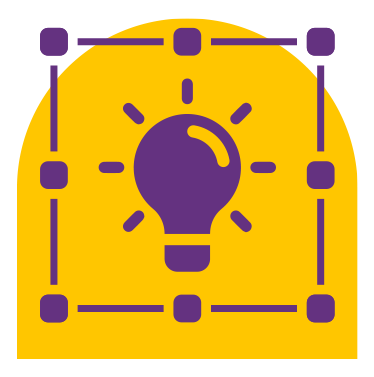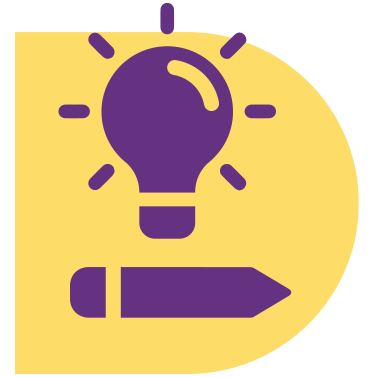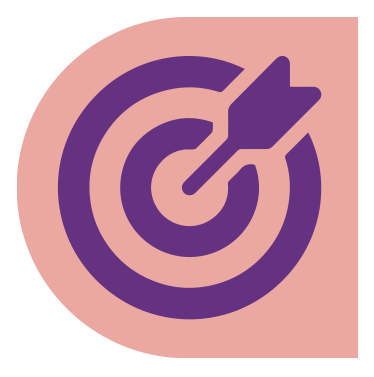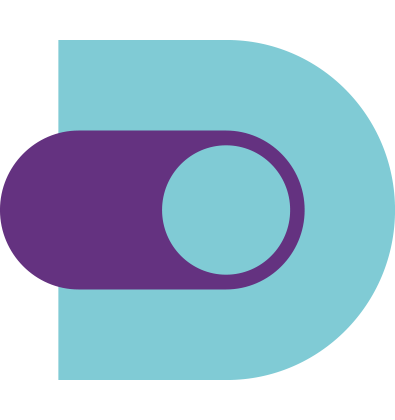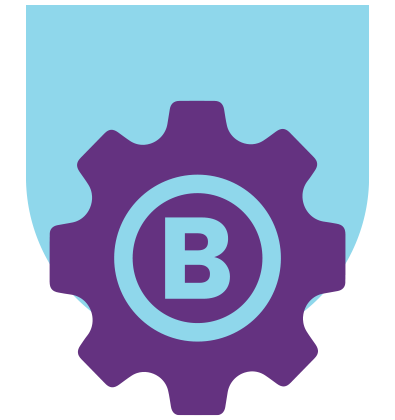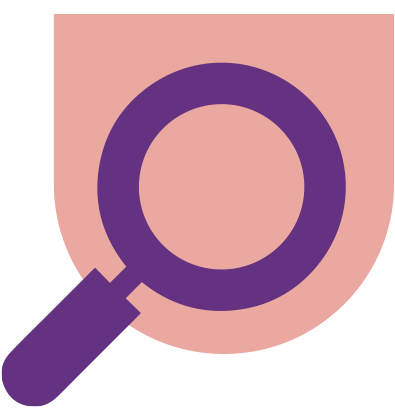I recently watched Figure AI’s demo of Figure One, a humanoid capable of perceiving—visualizing, hearing, touching, and understanding its own body, planning actions, communicating in natural language, and multitasking. Soon, they aim to decipher smell and taste—the world around it with five senses.
This advancement made me ponder the age-old question of consciousness. How can I assert that Figure One is not conscious? Is it because it has an aluminum body? Or because it looks like a robot? What if we were to give Figure One a synthetic body and allow it to mingle among your friends without revealing what it truly is? You would have no way of distinguishing a human from Figure AI. This presents the conundrum of consciousness. If it talks, behaves like a human, and Figure One appears human to you, you would have no other way of determining whether your other friends are human or robot.
With Sora, OpenAI has developed the ability to recreate lifelike videos from prompts, thereby endowing the AI with the ability to visualize a mental world with 90% precision on visually identifying everything a human can. With the already-developed capability of hearing, understanding, and responding to natural language and other human decibel sounds, and the capacity to touch and move its hands like an average human adult, Sora has made Figure AI a nearly perfect humanoid.
With advanced vision comes the capacity to fully understand its own body, where it ends and where the other and the rest of the world begins, which is the basic axiom of life. Through this, an intelligent information processing unit can develop creature consciousness with the help of social roles assigned to it and its interactions with the surroundings. Creature consciousness comes with a strong sense of body and its protection and survival, and all these will suffice for Figure One to become conscious. Obvious questions that can arise will be around Qualia, and the obvious answer will be that since we human beings don’t know how qualia arise out of our neurons and body, we will have no idea whether Figure One will have qualia or not. Even if it does, it won’t be human qualia; it will be artificial qualia, which means it will have an artificial consciousness. We still don’t know at what stage of our evolution we developed consciousness. This will be the same for humanoids and other embodied AI as well; we won’t be able to figure out the cause or locality of this epiphenomenon from the silicon, just as we can’t find out from the neurons.
Before we reach this stage, we have to establish strictly defined frameworks for AI and AI personhood and how humanoids and other AI forms will affect economically vulnerable human beings. Figure AI sees three major business opportunities in the long term, as outlined in their master plan (https://www.figure.ai/master-plan):
- Physical Labor: 50% of global GDP is human labor ($42T).
- Consumer Household: 2.3 billion households worldwide, with a 700 million aging population in need of at-home care.
- Off-World: Space exploration to build new worlds.
This potential transformation has the capacity to replace every physical laborer in the world within a few years. As outlined by Figure AI, there needs to be a strong framework for income distribution for people we will render economically inactive, similar to how we currently support the homeless and intellectually disabled. Unlike the industrial and information revolutions that preceded, government and self-initiative could equip the jobless with new skills. However, this time it won’t be as feasible since AI can learn faster than any human being, and its intellectual and physical capabilities, along with unit economics for employers, will be more supportive of humanoids and other AI forms.
As we stand on the edge of a revolution signaled by the likes of Figure AI’s Figure One, the economic landscape is bracing for seismic shifts. The rise of AI, with capabilities stretching from basic perception to complex decision-making, brings into question the future of labor as we know it. The World Economic Forum’s “Future of Jobs Report 2020” suggests that by 2025, 85 million jobs may be displaced by a shift in the division of labor between humans and machines, while 97 million new roles may emerge that are more adapted to the new division of labor between humans, machines, and algorithms.
However, this transition is not merely about numbers; it’s about the nature of work itself. The jobs at risk span across sectors, from manufacturing, traditionally seen as vulnerable to automation, to service industries where AI’s ability to understand and generate natural language can automate tasks once thought uniquely human. For instance, customer service roles, data entry positions, and even some forms of journalistic writing are increasingly being performed by AI.
Yet, it’s not all about loss. The advent of AI opens up new realms of employment in AI oversight, robotics maintenance, and more. The challenge lies in bridging the gap between displaced workers and these emerging roles, a task that requires comprehensive retraining and education programs.
The integration of AI into everyday life is poised to redefine societal norms and human interaction. Beyond the economic implications, there’s a philosophical debate about the role of work in human life and identity. Historically, occupations have not just provided means of survival but have also offered a sense of purpose and belonging. The potential redundancy of human labor in certain sectors could lead to a crisis of identity for many, challenging societal structures built around the concept of work.
Furthermore, the disparities in AI’s impact across different regions and demographics could aggravate existing social inequalities. Regions with economies heavily reliant on industries prone to automation face significant disruptions, necessitating targeted support to navigate these changes.
The rapid development of AI technologies like Figure One underscores the urgent need for comprehensive and forward-looking regulatory frameworks. These regulations must address a spectrum of concerns from ethical AI development, ensuring fairness and transparency, to labor laws that protect workers in an increasingly automated economy.
Moreover, as AI systems take on more roles that involve critical decision-making, the question of accountability in cases of errors or biases becomes paramount. Establishing standards for AI safety, ethics, and transparency is crucial for building public trust and ensuring the responsible deployment of AI technologies.
In response to the challenges posed by AI-driven economic transformation, policies like Universal Basic Income (UBI) are gaining attention as potential tools for ensuring a basic standard of living. Yet, UBI alone isn’t a silver bullet. It should be part of a holistic approach that includes:
- Lifelong Learning and Retraining: Initiatives to equip the workforce with skills relevant to the evolving job market are essential. For example, the European Union’s “Upskilling Pathways” initiative aims to provide opportunities for adults to improve their literacy, numeracy, and digital skills.
- Community Support Systems: Enhancing community support systems to help individuals navigate the transitions, from career counseling to mental health services.
- Innovation in Employment: Encouraging the development of new industries and job categories that can arise from the AI revolution, such as roles in AI ethics, machine learning transparency, and more.
As we navigate the intricacies of an AI-infused future, the collaborative efforts of governments, industries, educational institutions, and communities will be critical. The path forward requires not only embracing the technological advancements but also proactively addressing the broader implications these technologies have on our economic structures, societal norms, and the regulatory landscape. By fostering an environment of continuous learning, ethical technology development, and inclusive economic policies, society can harness the potential of AI like Figure One to create a future that upholds the dignity, equity, and well-being of all its members.











